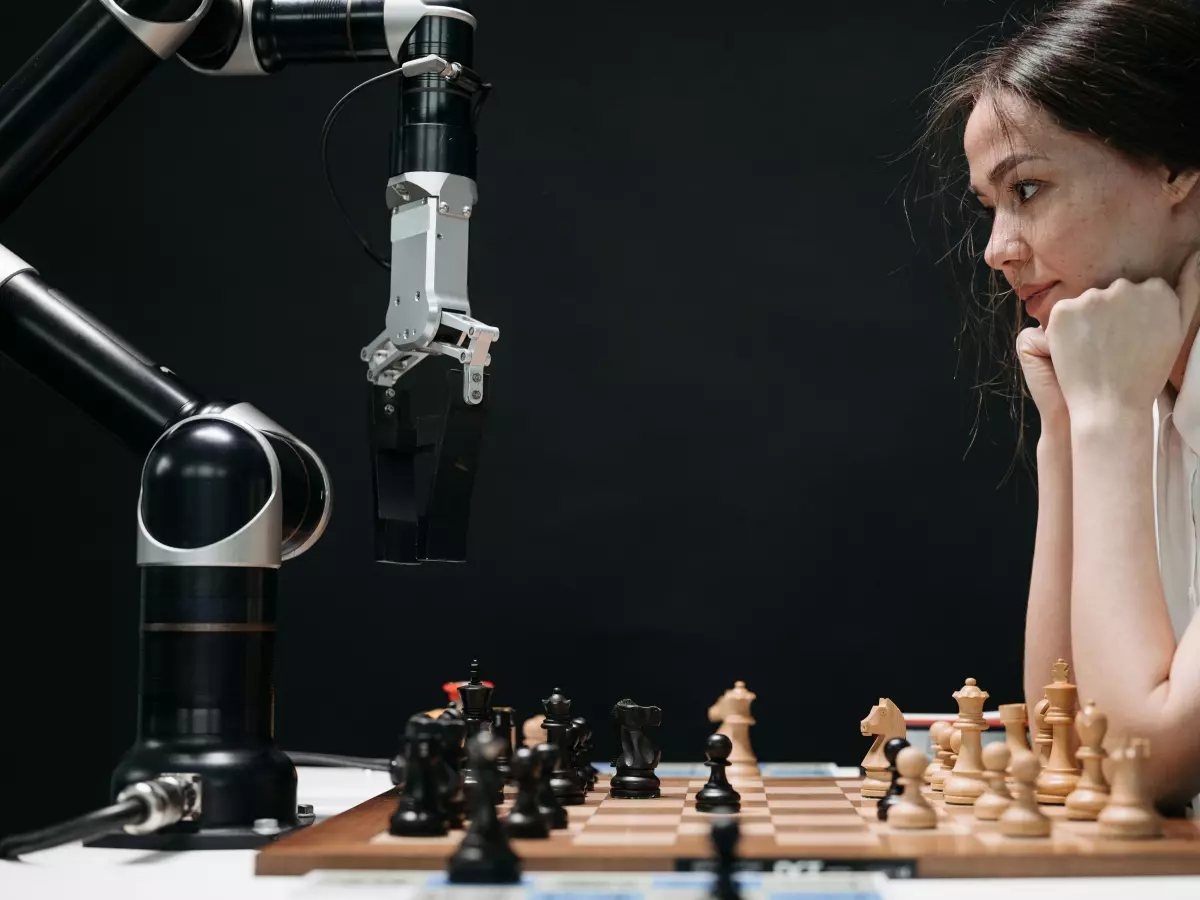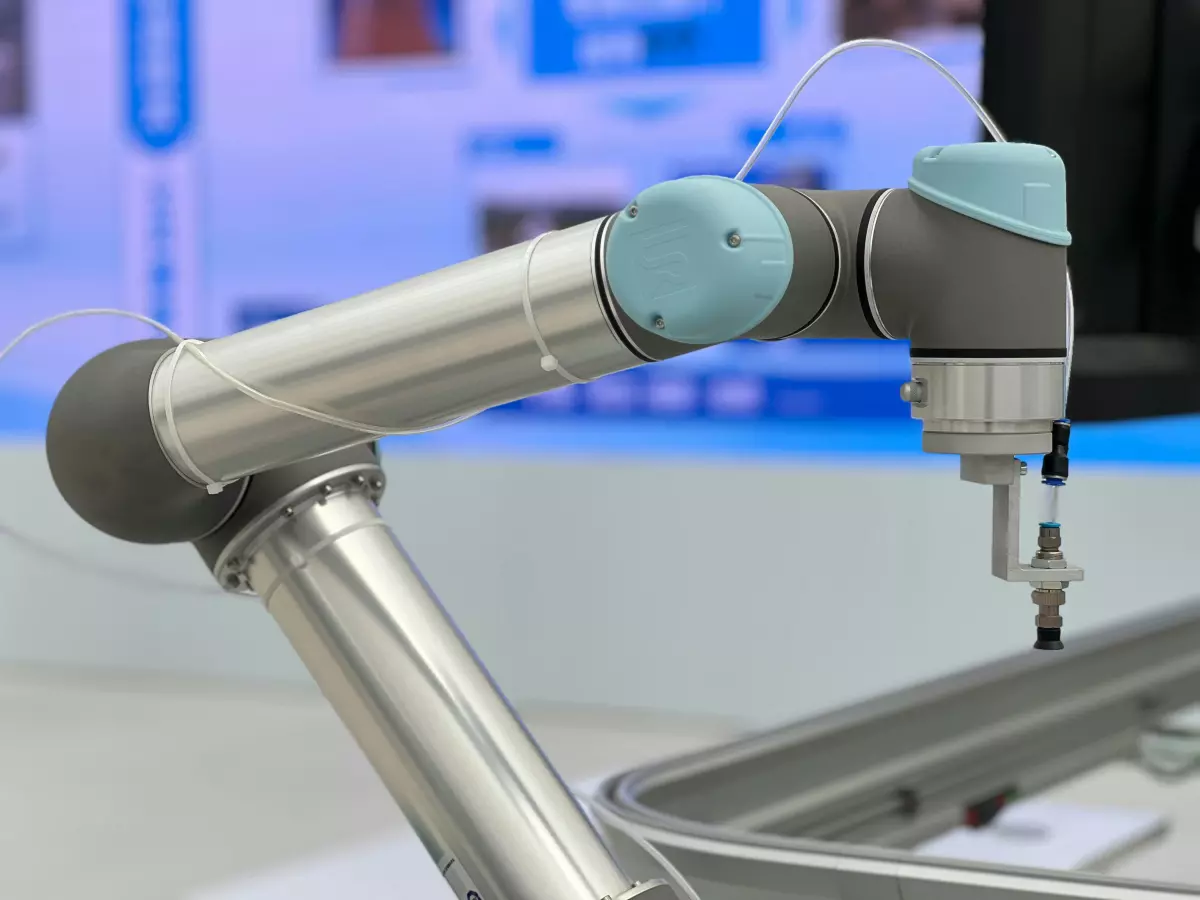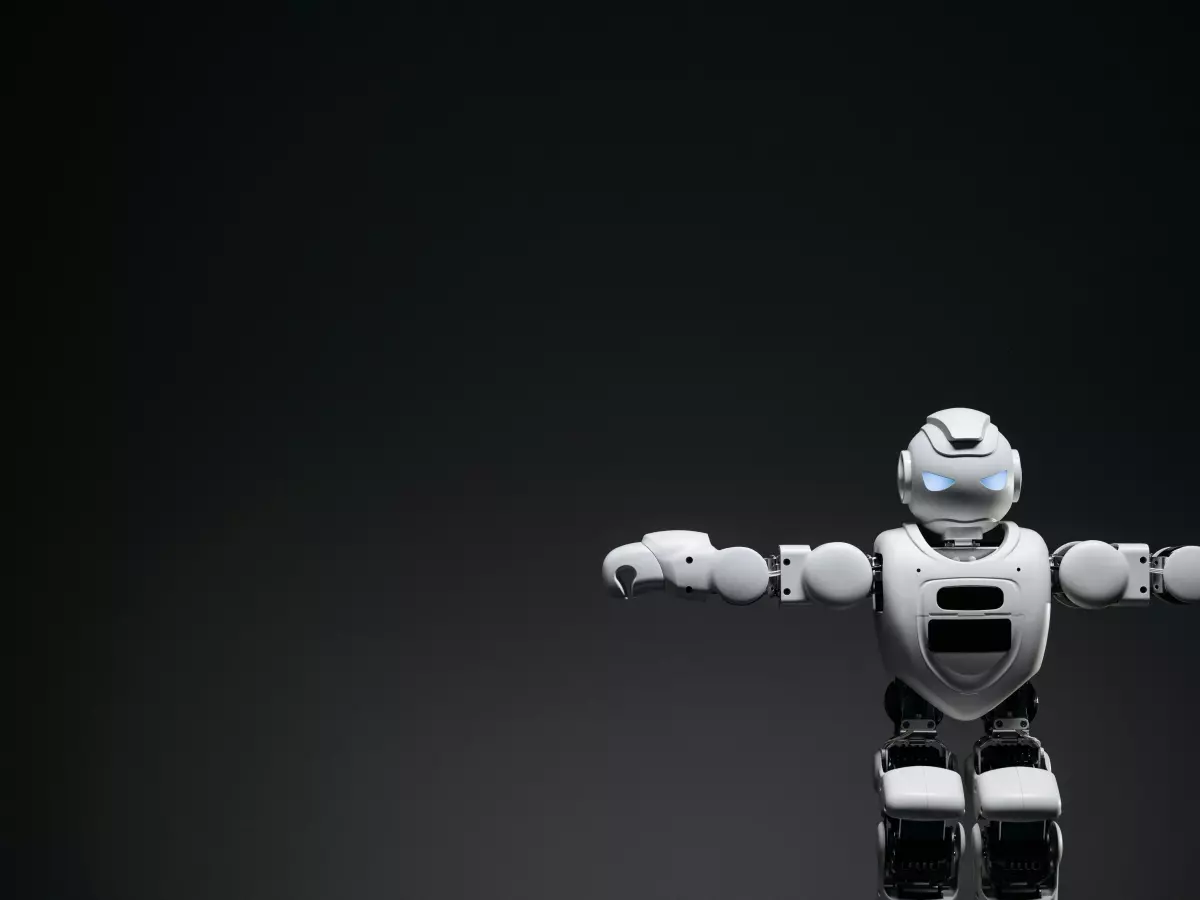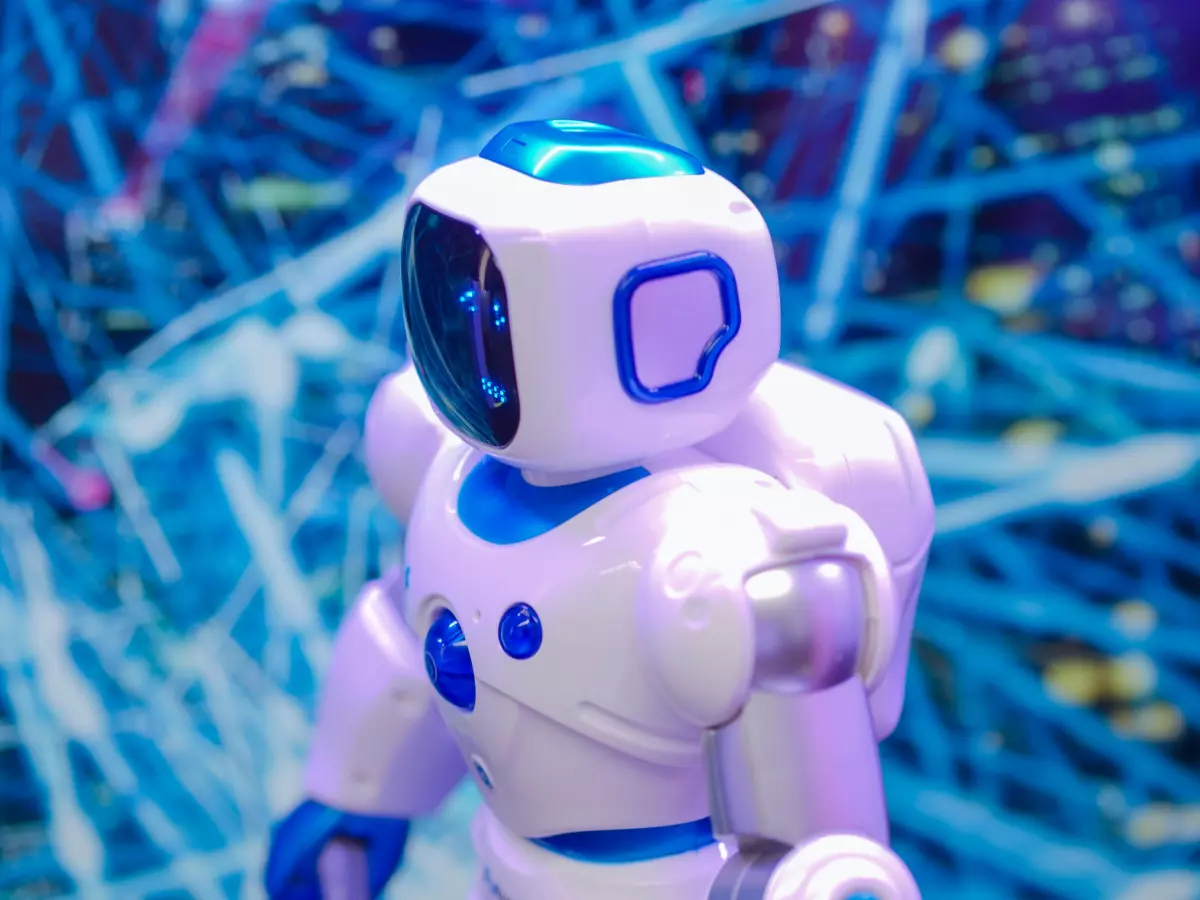Robots, Reinvented
Why are robots still walking like stiff-legged mannequins? And what if they could move more like us? Enter artificial muscles.
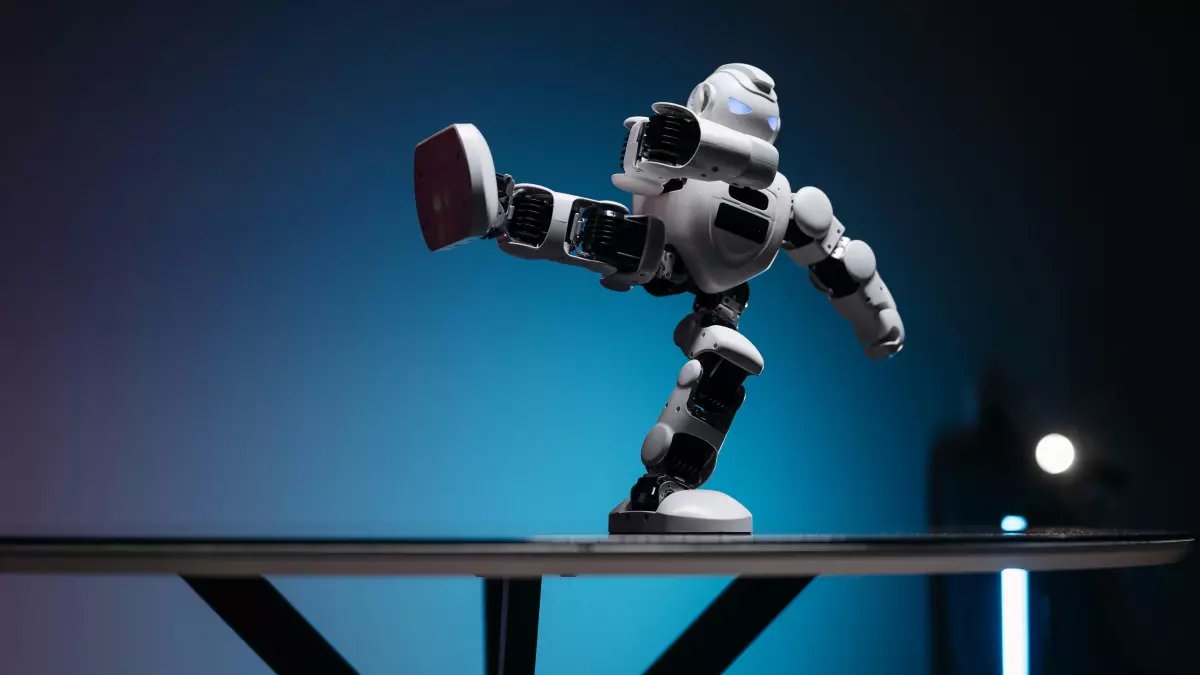
By Alex Rivera
For nearly 70 years, robots have been stuck with the same old tech—motors. Motors that, let’s be honest, are a bit like the clunky VHS tapes of the robotics world. Sure, they get the job done, but they’re nowhere near as smooth or adaptable as the real deal: muscles. Yep, the same stuff that powers your morning jog or that awkward dance move at weddings.
But now, a new breakthrough in robotics is shaking things up. Researchers have developed a robot leg powered by artificial muscles, and it’s already outperforming conventional motor-driven designs. According to Techxplore, this innovation could be the key to unlocking a new era of robot mobility, one that’s more fluid, adaptable, and—dare we say—human-like.
Why Motors Aren’t Cutting It Anymore
Let’s break it down. Motors have been the go-to for robot movement for decades. They’re reliable, sure, but they’re also rigid. Think of them as the robot equivalent of wearing a suit of armor—great for protection, not so much for flexibility. Motors are great for repetitive, predictable tasks, like assembling cars in a factory. But when it comes to navigating unpredictable environments, like your living room or a disaster zone, they fall short.
That’s where artificial muscles come in. Unlike motors, which rotate or spin, artificial muscles contract and expand, just like the muscles in your body. This allows for a much wider range of motion and adaptability. Imagine a robot that can not only walk but also adjust its stride when it encounters uneven terrain, or even jump over obstacles. That’s the kind of flexibility artificial muscles bring to the table.
The Science Behind Artificial Muscles
So, what exactly are these artificial muscles made of? Most are constructed from materials like polymers or carbon nanotubes, which can contract and expand when stimulated by electricity or heat. These materials mimic the way human muscles work, allowing robots to move in ways that were previously impossible with motors.
And here’s the kicker: artificial muscles are not just more flexible, they’re also more efficient. Motors tend to waste a lot of energy, especially when performing complex movements. Artificial muscles, on the other hand, can perform the same tasks using less power, making them a more sustainable option for future robots.
What This Means for the Future of Robotics
Okay, so we’ve got robots with artificial muscles. What does that mean for the future? In a word: everything. These new designs could revolutionize industries from healthcare to disaster response. Imagine a robot that can assist in surgeries with the precision of a human hand, or one that can navigate through rubble to rescue survivors after an earthquake.
And it’s not just about functionality. Robots with artificial muscles could also be more affordable to produce. Because they’re more efficient, they require less energy, which could lower operational costs in the long run. Plus, their increased adaptability means they could be used in a wider range of applications, making them a more versatile investment for companies.
Challenges Ahead
Of course, no innovation comes without its challenges. While artificial muscles are promising, they’re still in the early stages of development. Researchers are working on improving their durability and scalability. After all, it’s one thing to build a single robot leg with artificial muscles, but mass-producing them for widespread use is another story.
There’s also the question of control. While motors are relatively easy to program, artificial muscles require more sophisticated algorithms to manage their complex movements. But with advances in AI and machine learning, it’s likely that these challenges will be overcome sooner rather than later.
Final Thoughts
So, what’s the takeaway here? Robots are evolving, and artificial muscles are a big part of that evolution. They offer a level of flexibility, efficiency, and adaptability that motors simply can’t match. While there are still hurdles to overcome, the potential for these innovations is enormous. Whether it’s in healthcare, disaster relief, or even just helping you clean your house, robots with artificial muscles could be the future we’ve been waiting for.
